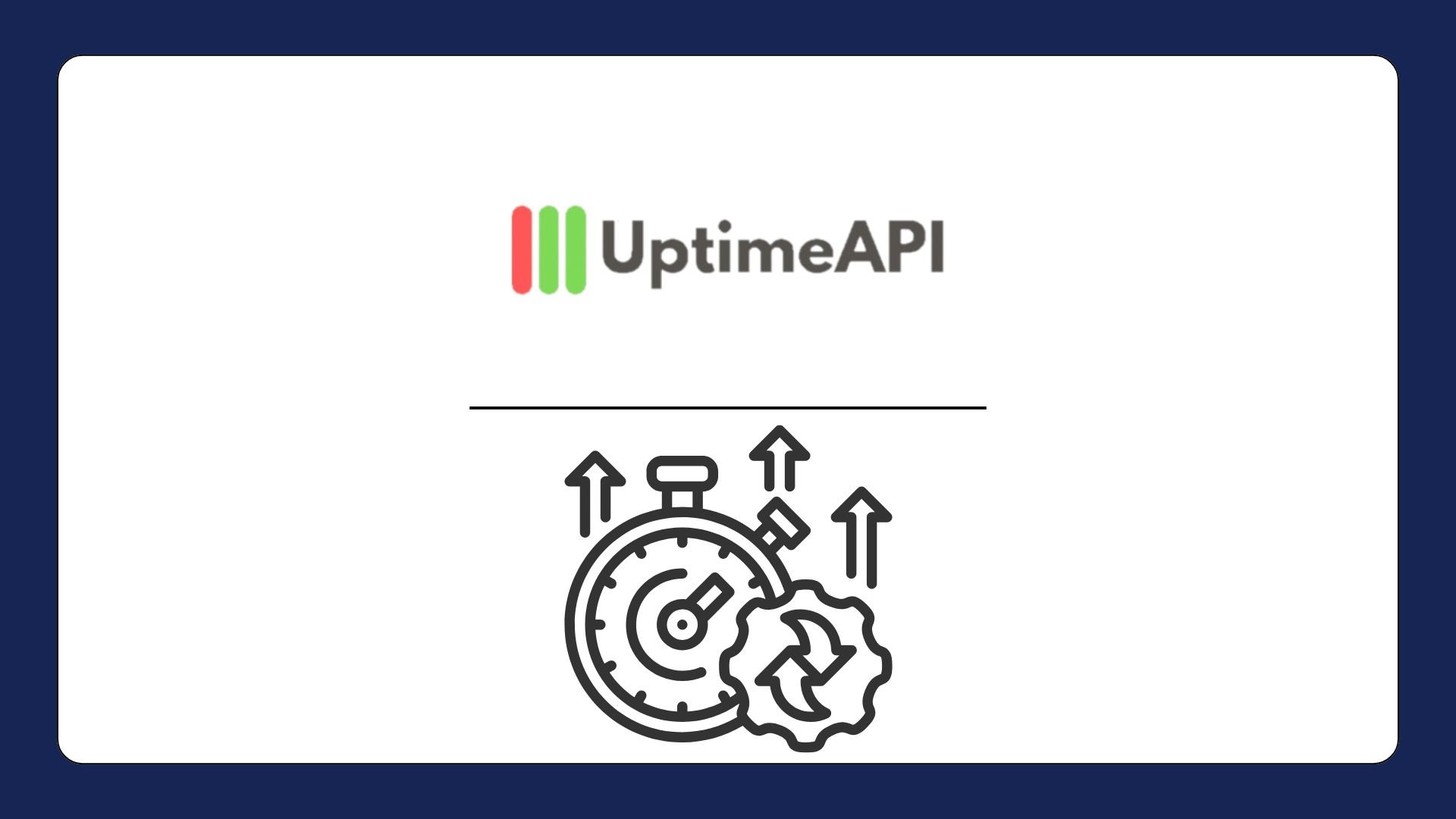Monitor APIs For Performance, Availability, And Security

As businesses increasingly rely on APIs for critical services, they have the challenge of ensuring consistent performance while maintaining high uptime. Any delay, blockage, or outage in an API can have a detrimental effect on user experiences, leading to unhappy customers, lost money, and damaged reputations. Thus, efficient Monitor API tools—like Uptime API—are crucial.
Best Practices for API Monitoring with Uptime API
Setting specific performance standards that are suited to your particular business requirements is one of the main benefits of using the Uptime API. The allowable bounds for performance measures like response time and uptime vary depending on the API. Businesses can provide their own acceptable benchmarks for these KPIs using the API, guaranteeing that the monitoring system satisfies the particular needs of their application.
For instance, to guarantee that its services are always accessible to clients, an e-commerce platform may wish to establish an aggressive uptime criterion of 99.99%. Conversely, a less important API that is utilized internally can have a lower bar. By enabling you to alter these parameters, you can make sure the system suits your specific use case.
Setting custom alerts is equally important. Some businesses may want to receive alerts immediately upon detecting a slight dip in performance, while others may only want notifications when the issue persists for a certain amount of time. Uptime API allows for this level of customization, meaning businesses can avoid alert fatigue by receiving only the most relevant notifications. By taking the time to set accurate thresholds and alerts, businesses can focus their resources on responding to the most important performance issues, ensuring that their teams remain efficient and productive.
Case Studies and Use Cases
In the world of e-commerce, every second counts. Slow API performance or downtime during critical moments like checkout can lead to abandoned carts, lost revenue, and damaged customer relationships. For e-commerce platforms, Uptime API offers a way to maintain high performance across multiple APIs, from payment gateways to product listings. By monitoring response times and uptime, e-commerce businesses can ensure that their APIs are running optimally, even during peak traffic periods. Uptime API’s real-time alerts help businesses address potential bottlenecks before they become serious issues, ensuring smooth customer experiences.
For Software as a Service (SaaS) companies, API uptime is essential to ensuring seamless service delivery. Any downtime can interrupt workflows, resulting in unhappy customers and a loss of trust. With this API, SaaS providers can proactively monitor their APIs, ensuring that their services remain reliable and accessible. In financial services, API performance is crucial for processing transactions, managing accounts, and providing real-time data to users. Even minor delays can have significant consequences. Uptime API helps financial institutions monitor their APIs to ensure they meet stringent performance and uptime requirements.
Conclusion
Monitoring API performance and uptime is no longer optional in today’s digital economy—it is a critical part of ensuring smooth business operations and a high-quality user experience. Uptime API provides the tools necessary to track key performance metrics, detect issues proactively, and scale monitoring efforts as needed. By leveraging the API’s detailed analytics, real-time alerts, and automated monitoring, businesses can optimize their APIs for reliability and performance.

